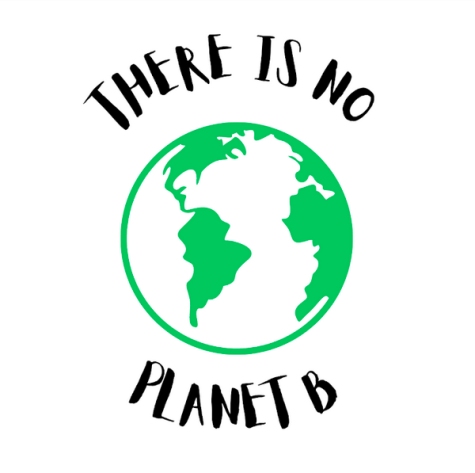Monkeypox outbreak: here’s what we know
The COVID-19 pandemic has impacted essentially every aspect of society over the last few years. To the dismay of many, just as the number of COVID-19 cases began to wane, news spread of a different virus appearing in countries it has never been seen in before. The name of this virus: monkeypox.
According to the Cleveland Clinic, the two known clades of monkeypox virus originated in Central and West Africa, respectively. Monkeypox cases are therefore more abundantly found in these regions. However, in 2003, 47 people were infected in the United States.
As of July 15, 2022, there have been 12,333 cases in areas where monkeypox has not been historically found in (2022 Monkeypox Outbreak Global Map). There are 13 reported cases in the state of Michigan. Symptoms may include fever, chills, headache, swollen lymph nodes, headache, and muscle aches, followed by a rash which progresses to pus-filled blisters. There have been no deaths linked to this outbreak.
Many people recall feeling confused or frightened during the constant coverage of the COVID-19 pandemic. News of this new, largely unfamiliar virus may result in similar feelings amongst the masses. Dr. Caress Dean, associate professor & master of public health program director, was able to answer a few questions surrounding monkeypox and the ongoing 2022 outbreak.
GG: Do officials have any idea of where this outbreak is headed in terms of number of cases/severity?
CD: Surveillance is occurring nationally and internationally to obtain an accurate number of cases and the severity of monkeypox. I believe these efforts will aid everyone in having a better understanding of the severity of monkeypox. Monkeypox is not a new condition. It has existed since the late 1950s, and there is a lot of existing data, such as the signs and symptoms that can assist in controlling outbreaks.
GG: Does the spread of this virus share similarities to that of Covid-19?
CD: Both are zoonotic viruses, which are transmitted from animals to humans. Additionally, both can be transmitted through close contact. One transmission mode of monkeypox that should be noted is it can be spread through skin-to-skin contact. The Centers for Disease Control and Prevention (CDC) has also stated that it can be spread from contact with materials such as clothing that has had direct contact with monkeypox sores or body fluids, which is important to know to reduce the spread of this condition.
GG: Should the general public be concerned?
CD: At this point, the general public should be aware that there are cases and know the signs and symptoms to prevent transmission. The CDC is an excellent source for tracking cases nationally and internationally. They are continuously updating this information.
To anyone interested in learning more about the spread of conditions such as monkeypox, and increasing awareness of how to prevent and manage them, consider pursuing a Master of Public Health degree at Oakland University.








